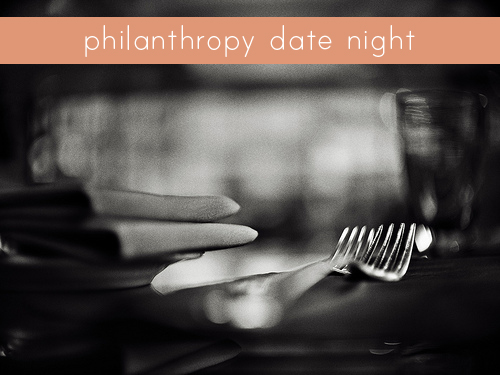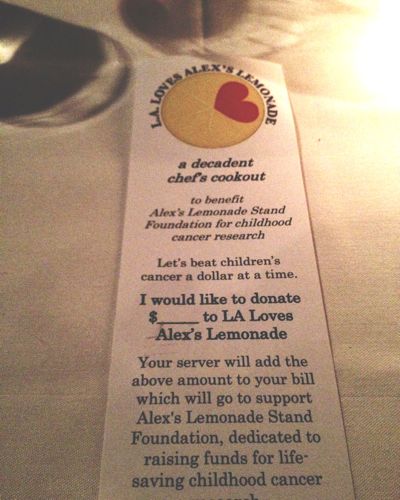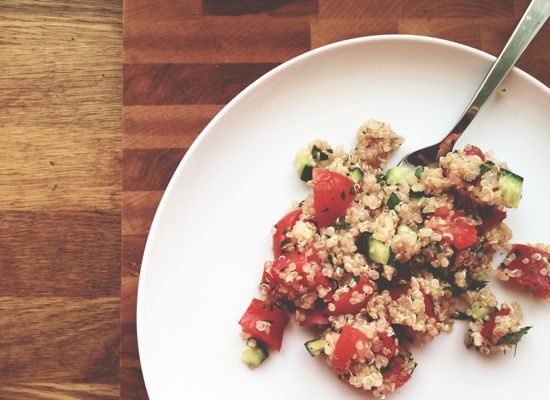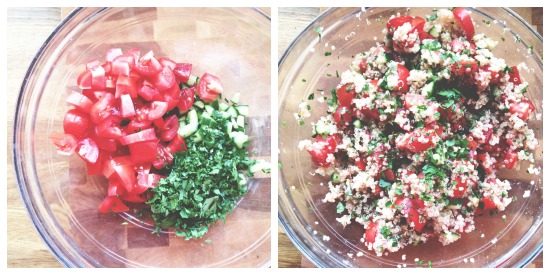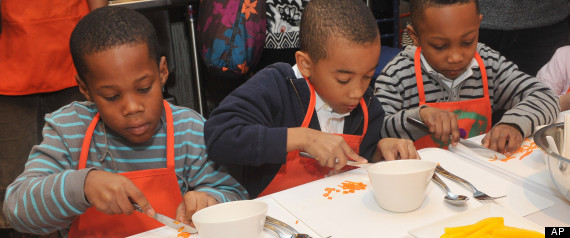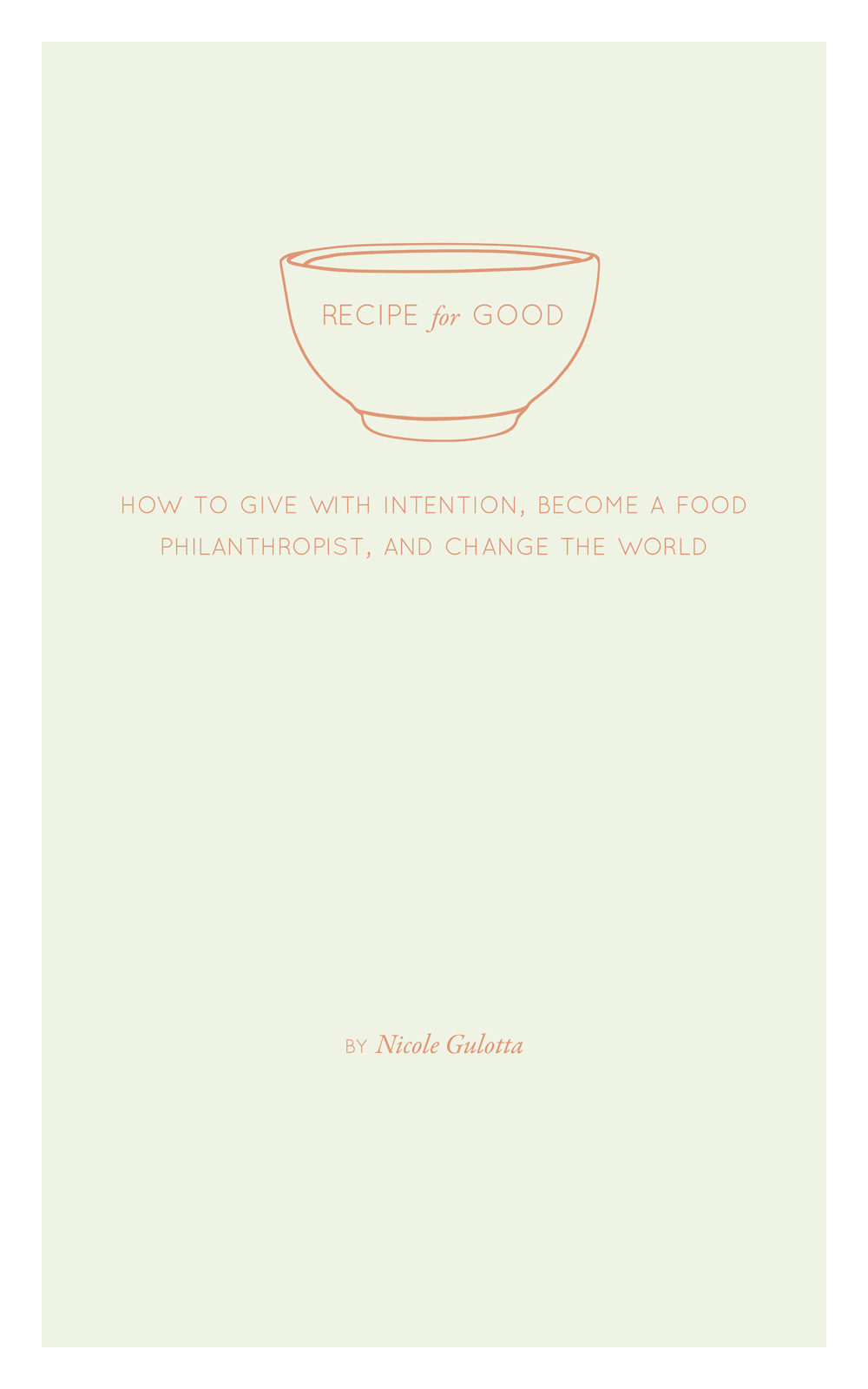 I wrote you an eBook, and for the next three days, you can download it for FREE!
I wrote you an eBook, and for the next three days, you can download it for FREE!
This is big, and I want to tell you a little more about it. (If you can't wait, scroll down to learn how to download your copy.)
I know the answer to this question already, but I'll ask it anyway. Do you have a personal philanthropy strategy?
Most of us don't. Without one, our good intentions may never fully satisfy us, and we risk falling into a giving pattern that doesn't align with our goals and passions. (Raise your hand if you felt pressured by a friend or family member into making a donation to a cause you didn't value.)
Imagine what it would be like to feel empowered every time you give. Or joyful at the difference you made. Or truly purposeful, knowing that your support is a direct result of your personal convictions and beliefs.
It's possible.
Maybe you want to give for the first time, but don't know where to start. You're not alone. The ocean of need is vast, and thousands of organizations vie for our attention daily. How do you know you're making the right decision?
Simply by reading this blog, it proves you have philanthropic instincts. After all, philanthropy, at its root, is defined as a "love of humanity." By seeking to improve the food system, you already share a deep love for the earth, its animals, and the people who toil the land to bring ingredients to our table. Your heart is already in the right place, you just need a guidebook.
Want to be a philanthropist? Start calling yourself one
I believe giving is a lifestyle, not just something we do once a year during a swell of holiday good cheer. Philanthropy can mean everything from retweeting a donation appeal from your favorite charity, to volunteering in any capacity, or committing to a monthly financial gift.
You probably already participate in philanthropic opportunities throughout the year, like bringing in a can of soup for your building's food drive or donating gently used clothing to Goodwill. But sometimes, if we don't endow our alma mater or write a check big enough to get our name on the door, we think of ourselves as inadequate.
It's just the opposite, though. Once you start thinking of yourself as a philanthropist, you'll stand taller and find more confidence when it comes to giving back. My goal is to help you integrate philanthropy into your daily life and show you just how easy it is to give once you have the right strategy in place.
Why you need a personal philanthropy strategy
You'll find more details about this in the eBook, but imagine walking into the grocery store without a shopping list, or starting to make dinner without the main ingredient or the proper knife. The results will be mediocre, frustrating, and unsatisfying.
The same goes for giving. Without a strategy that reflects your goals, interests, and beliefs, your giving will remain mediocre. But if you take a small amount of time to delve in and discover what you care about most, I promise that any giving you pursue moving forward will be far more meaningful.
Recipe for Good
Recipe for Good is a short eBook designed to inspire your giving. You'll identify what you value most, write a mission statement, and develop a tailor-made philanthropy strategy to suit you and your family.
Although Recipe for Good is written with the budding food philanthropist in mind, the exercises are not limited in any way. Upon completion, you'll be equipped to begin giving to any sector you desire, including food.
Download your free eBook!
Visit Amazon to download the eBook for free through Wednesday, September 12th.
Don't have a Kindle? No problem! Just download the Kindle app for your iPad or smartphone.
I'm giving it away for FREE for three days because I believe that the difference you'll make with it is more valuable than a few extra dollars in my bank account. (In order to make this eBook available on the Kindle, I can't give it away for free indefinitely, but after September 12th, you can download it for the very reasonable rate of $0.99).
Some websites force you to submit your email address in order to gain access to exclusive content, but that's not a requirement here. I won't ask for anything from you in return, but if you are compelled to do something, here are a few ideas.
1. Follow through. Promise to go through the entire eBook, discuss it with your spouse and family, and really take steps to give back in a way that works for you.
2. Tell your friends and family. Share this post in your social networks to help spread the word about this unique approach to giving.
3. If you'd like to stay in touch, sign up for the newsletter. I don't send emails very often (you won't be hearing from me every other day), but I do like to keep you up to date on news, the Book Club, and ways you can take action and get involved to change the food system.
That's it. Download it, share it, and please come back to let me know what you think!
 09.12.2012 Tweet
09.12.2012 Tweet
